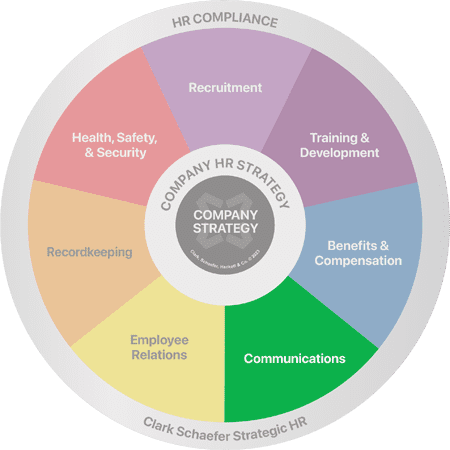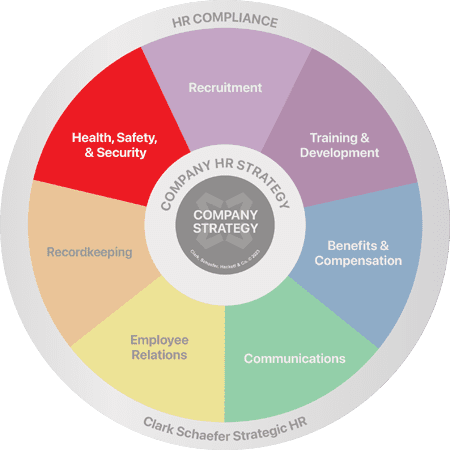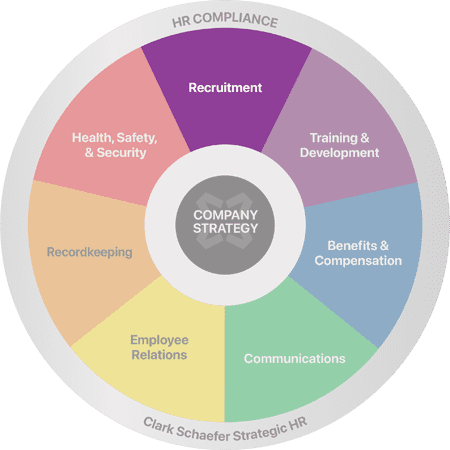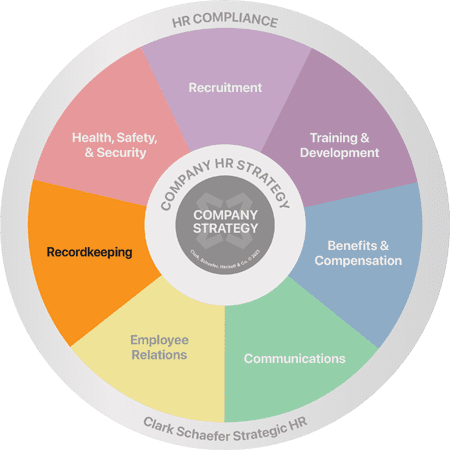Designing a Modern Dress Code for Today’s Workplace
Last Updated on April 12, 2023 / Communications
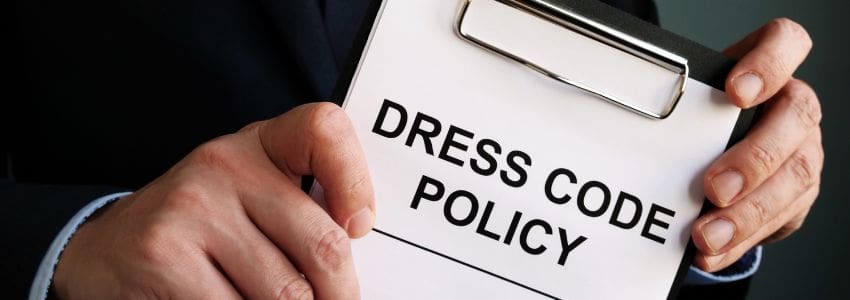
HR Question:
We’re taking a look at revising our dress code policy. We want to balance today’s increasingly casual approach while still asking our team members to look professional. How can we create a modern dress code policy?
HR Answer:
In today’s modern workplace, the concept of dress code has evolved to reflect a more relaxed and individualistic approach. Many companies have moved away from the traditional suit, skirt, button-down, formal shoes, tie, etc. combinations that were common in the past. One of the main reasons for this shift is the changing nature of work itself.
Many jobs today are more creative and require a more individualistic approach. This means that employees are encouraged to express themselves through their clothing choices, as long as it is appropriate for the workplace. Additionally, as younger generations gain a larger presence in today’s workforce, employers have recognized the need to allow for personal expression through clothing and accessories with a lean toward a more casual dress code to attract and retain top talent.
Designing a dress code for the modern workforce is an important task and requires a delicate balance between creating a professional and inclusive environment. Here are some steps to consider when designing a dress code:
Identify your Dress Code Requirements
First, identify the requirements of your workplace, including the nature of the work, the industry, workplace safety, and the expectations of the customers or clients. It might help to categorize your approach in typical dress code categories that most individuals are familiar with, such as business casual, casual, smart casual, company attire/uniform, and business attire.
For those unfamiliar with those guidelines, providing examples is your best route to clearly outline expectations. For example, you could provide images or descriptions of appropriate attire and accessories. These examples will guide the type of attire that is appropriate for your workplace.
If the nature of an employee’s work and who they interact with varies daily (i.e., Are they customer-facing all of the time? Some of the time? Not at all?), that may result in the expectations for their level of dress to change from day to day depending on these factors. So if your dress expectations do vary, we recommend that you clarify this in your dress code policy to help employees navigate through this appropriately.
Make Sure It’s Inclusive
It’s important to balance the need for professionalism with the desire (or need, in some cases) for individual expression, respect for other cultures, and/or the way individuals identify. For example, establishing expectations or limits around how someone wears their hair could limit someone’s ability to abide by their religious beliefs or could discriminate against hairstyles that have cultural significance. For example, The C.R.O.W.N. Act was created for this very reason.
Developing an inclusive dress code should also factor in gender identity. Avoid gender-specific language and instead use gender-neutral language, such as “employees should wear professional attire, such as a suit and tie or skirt and blazer” instead of “men should wear a suit and tie.”
Be Flexible & Seek Feedback
Flexibility is key when designing a dress code that is inclusive of all genders. Consider allowing employees to choose from a range of acceptable attire options, rather than prescribing a specific dress code. If your organization maintains a uniform (ideally, one that can be considered gender-neutral), consider allowing employees to express themselves through accessories or subtle variations in attire, while still maintaining an appropriate level of professionalism.
Finally, seek feedback from employees to ensure that the dress code is meeting their needs and is inclusive of all genders. Encourage open communication and consider making adjustments as needed.
Overall, designing a dress code for the modern workforce requires a thoughtful and inclusive approach that balances professionalism and individual expression. While there are still certain expectations and guidelines that should be followed, employees are encouraged to express themselves through their clothing choices. By understanding your workplace culture and asking employees to dress appropriately for their positions, you can help them find and maintain a healthy balance between professionalism and self-expression.
Thanks to Cassie Whitehouse, M.Ed., for contributing to this edition of the HR Question of the Week!
Trying to find ways to create inclusive policies? Want to build a welcoming environment, but not sure how to develop policies and procedures that reflect that? Our team at Strategic HR can help you create policies and procedures that clearly lay out your expectations of your employees while creating a flexible and inclusive environment. Contact us today or learn more about how Strategic HR can help you remain compliant, avoid unnecessary obstacles, and increase employee trust, engagement, and satisfaction through HR Communications.

